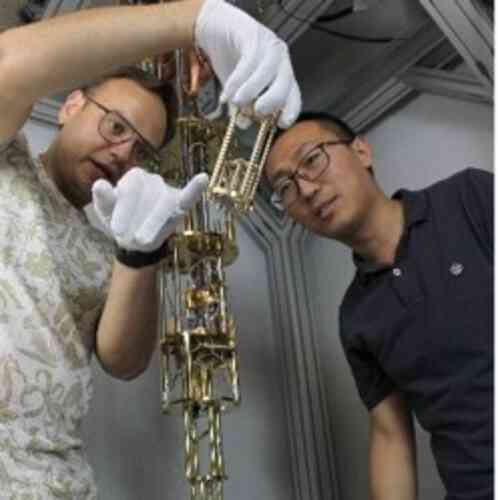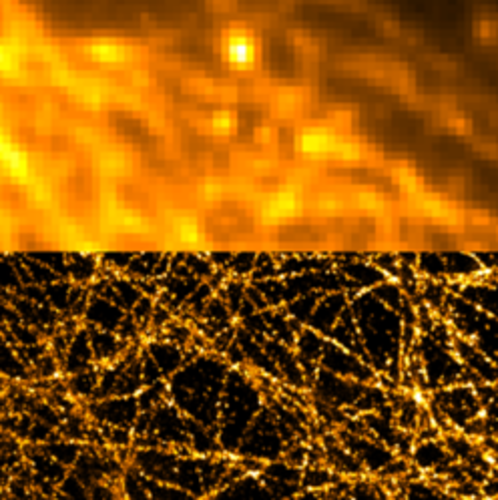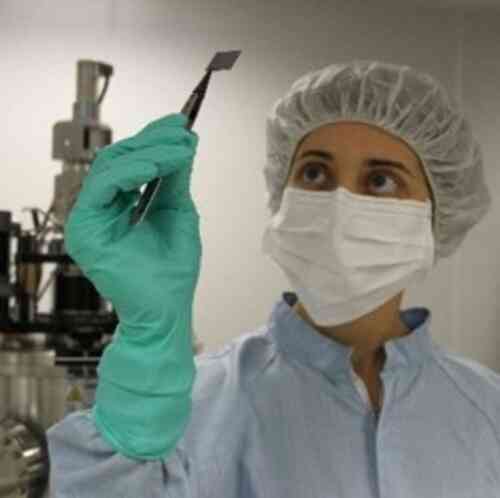ICFO decide game
Group 2 – Participant 3
Story cards
Read all the cards from this category, choose the one that looks more interesting to you and explain it to the rest of the group.
ISIDORA ISIBARNE
Story Card 2
I work for a company that designs and builds lasers: we make small ones, like the pointers you can buy in the neighborhood store, or industrial lasers that can accurately cut all kinds of material or even weld metals.
I really like my job because our products can meet the very different demands of our customers: there are some that need extreme precision to be able to manufacture the microcircuits that are inside our smartphones and tablets, and others that require high power to weld the components of a car or make incisions in pistons of aircraft engines in a precise and reproducible way to increase their efficiency.
photonics everywhere
manuel moreno
Story Card 10
In the small town where I live, the City Council has installed photonic sensors: the collected data will help them take informed decisions in the future. For example, they installed a network of sensors to monitor air and water pollution with open data systems, so that citizens can be informed about the environmental health.
They are also working to connect the entire population to the internet network, installing optical fiber networks in all neighborhoods of the city. There are still many thing to do, but little by little we are transforming our town into a smart city!
information and cYberseCuriTY
olivia ortiz
Story Card 16
I am a high school physics teacher and to motivate my students I always try to connect the concepts I explain with things from everyday life.
The Sars-CoV-2 pandemic has made it easy for me to explain infrared radiation, as we find devices in many places that measure temperature quickly and remotely. These thermometers are photon sensors that capture the infrared radiation emitted by our bodies. Also UVC ultraviolet light can be useful to disinfect, because it can destroy eventual pathogens.
health
info cards
Read all cards from this category, choose the two that look more interesting and explain them to the rest of the group.
non-invasive diagnosis and monitoring
Info Card 6
Did you know that photons can penetrate a few centimeters inside our body? In ICFO and Hemophotonics (an ICFO spin-off born in 2013) we use this property to get real-time information about what's going on under our skin (oxygen concentration and blood flow) in a non-invasive way.
This can help medical professionals detect and monitor neurological diseases, as well as improve the diagnosis of certain diseases, such as thyroid cancer. This technology also has applications in the fields of neuroscience, oncology, anesthesiology, diabetes and sports medicine.
Photo: Non-invasive sensor for the early detection of neurological pathologies in premature babies
health
graphene with a twist
Info Card 14
Graphene is a material of a single layer of atoms with incredible
properties: transparent, resistant, flexible and an optimal conductor of electricity and heat.
In 2018 it was discovered that two superimposed layers of graphene with a small rotation between them could transform this already interesting material in itself into a superconductor.
This was very important news for the scientific community and it even was published in the New York Times! It allows us to better understand the phenomena that take place in superconductors and potentially to design materials that conduct electricity without losses at room temperature, reducing the waste that takes place with current materials.
ICFO is one of the few laboratories in the world where it is possible to transform graphene into a superconductor.
Photo: Part of the ICFO team working on this project with the device that allows to observe the properties of graphene
photonics everywhere
focusing on the smallest details
Info Card 17
While the quality of the cameras improves every day, there is always a detail in some photo that we can’t discern because there isn’t enough resolution. This problem is especially important for biologists who want to study cell structures, as there is a physical limit to the resolution of the images that can be obtained.
At ICFO there is a laboratory specializing in taking high-resolution photos and other advanced microscopy techniques that allow us to better understand the microscopic world and reveal the secrets of life.
Photo: Microtubules visualized with a conventional microscopy technique - top - and a super-resolution technique - bottom.
HEALTH
clean room
Info Card 22
In order to push the limits of knowledge in the field of nanotechnology as it’s done at ICFO, you need exceptional instruments, which allow scientists, for example, to evaporate metals or make extremely tiny incisions with electron beams.
With these instruments, ICFO scientists manufacture samples and devices that – thanks to their nanometric structure - allow them to observe new phenomena or to obtain innovative products. In order to do this, they need an extremely clean space, as a single grain of dust could spoil their research. That’s why there is a clean room at ICFO, where different scientific groups can work together to better understand the nanoworld.
Photo: Person observing a sample inside ICFO’s clean room.
photonics everywhere
thinking cards
Read all the cards from this category, choose the one that looks more interesting to you and explain it to the rest of the group.
public or private research?
Thinking Card 11
Many people argue that knowledge should be property of all mankind as a whole. On the other hand, applications development often takes place in industry, which is the one that makes the big investments in exchange for an economic return, often privatizing knowledge.
How can we combine public and private interests in scientific research?
the applications of fundamental sciences
Thinking Card 12
Many of the technologies that we use nowadays derived from a very different research field. For example, the internet was created at an international particle physics research centre, CERN; satellite positioning systems (GPS, Galileo) owe their precision to the theory of general relativity.
Sometimes, research fields that in principle have no obvious applications, generate useful technologies as side effects. Should we then invest in fundamental research for the potential benefits coming from its eventual byproducts? Or is the advancement of knowledge sufficient reason to put resources into it?
DECISIon
The time and resources available to solve important problems affecting society are limited. Imagine being part of the commission that has to decide how to invest the money for photonics research at European level for the coming years: knowing that photonics benefits society in many different ways, how would you distribute funds among the different research fields in photonics?
This is not an individual decision: each group must come to a unanimous conclusion by discussing correctly and rationally based on the facts that you have learned so far. There is no right or wrong answer. Like many things in life, it depends on the point of view you assume, the priorities you set, ...
light for health
Option 1
The pandemic that arose in 2020 taught us that public health is an important sector that affects many more aspects of society. A tiny virus can affect the lives of millions of people in all its aspects, not only health, but also the economy, industrial structure, labor market ...
That’s why it’s important to focus most of our efforts on research projects that can improve and care for people’s health.
light for information and cybersecurity
Option 2
We live in the information age. More and more companies and institutions are collecting and analyzing large amounts of data to improve industrial processes and services for the population. In addition, digital technologies are essential to communicate with each other, whether for work or fun. If information systems fail, strategic structures such as energy networks, traffic control, hospitals, governments, etc. fail, too. Thus, ensuring data security for quick and massive data transfer is of fundamental importance for a digitized society like ours.
That is why it is important to focus most of our efforts on research projects that can improve data collection, analysis, transmission and security.
light for energy and the environment
Option 3
We are in the middle of a climate emergency: to be able to solve it we need new environmental policies and the commitment of society as a whole. Science and technology can accelerate the change of paradigm that we need to save the planet with discoveries and innovative technologies. If we do nothing now, the Earth will be uninhabitable and unsustainable, but there’s still time.
That’s why it’s important to focus most of our efforts on research projects that can help us take care of our planet.
photonics everywhere
Option 4
Photonics is everywhere and has a positive impact in many different aspects of our lives. Sometimes, the same technology (such as the laser) can improve health, information and care for the environment at the same time. There are many global issues and it is difficult to set a priority, especially because they are interconnected.
That’s why it’s important not to focus our efforts on a single field of application: it’s better to diversify our efforts to have more chances of success.













